|
We are having another beautiful, sunny day here on the farm - perfect outdoor working weather! Despite our complaints about the dryness of this summer, it has been a wonderful summer for working outside. In the midst of the sometimes gloomy and cold days of winter I like to remember these perfect summer days. While we are still doing a bit of weeding and planting, more of the tasks on the farm at this point in the season are harvest-based. We have harvested all our onions and garlic and within the next two weeks we will start harvesting all our storage potatoes and winter squash. Rob is also leading a farm tour here this Thursday, focusing on his use of raised beds to grow perennial fruit and nut trees. So we also have to spend a bit of time making sure that everything looks 'pretty' around here! You may notice that green onions are a bonus item again this week. Thomas pulled the very last of the green onions from the fields and now they are ready for you. While I know some (many?) of you have had your fill of green onions, I really can't force myself to feel too badly about having plenty of a vegetable to go around! After years of having a personal garden and now 4 years of running a market garden, I have learned that every year there will be one or two vegetables that produce far more than you expect. But we eat them all because I know there will be a dark day in winter that I will think, "wouldn't I love some fresh green onions (or zucchini, or green beans...) right now". That's the difficulty with eating locally and seasonally - sometimes it is feast or famine! As this is week 11 of our 20 weeks of vegetables we are more than half way! We will enjoy all the summer vegetables for another 3 - 4 weeks and then there will be a shift towards all our fall crops. This week, you are getting a preview of one of our fall crops with the addition of spaghetti squash in your shares. As their name suggests, once roasted or steamed these squash can be scooped out in long strands just like spaghetti. For more info on how to prepare them Martha Stewart always has some good information! Another uncommon vegetable you will see in your shares this week are tomatillos (sometimes known as husk tomatoes). It's difficult to explain the taste of a tomatillo but the best I can come up with is that it is a cross between an apple and a tomato. Firmer than tomatoes and eaten green, tomatillos are most classically eaten as Salsa Verde. But they can also be diced into salads or eaten whole.
Chickens and Eggs Available We will have eggs available again this week. If you are looking for delicious and pastured chicken, send me an email to reserve yours! $5/lb for whole roasters and $40 flat for pieced chickens. We have enjoyed eggplant as a choice item twice so far and now they have cranked into high gear and we have eggplants for everyone! We grow three varieties of eggplants: the traditional dark purple, a lighter purple and white striped variety, and a round variety that is white with a purple blush. All of these can be used in identical ways. While some people like to peel their eggplant, I always leave the skin on. All those dark purple pigments mean more antioxidants for me! And remember, like tomatoes and zucchini, don't put your eggplant in the fridge! It will deteriorate faster when chilled. The countertop is just fine but use within 3 - 4 days. While there are many ways to use eggplant, my two favourites are babaganoush (or other roasted eggplant dips) and ratatouille. Babaganoush served with some vegetable crudites and crackers is a lovely light summer lunch. And ratatouille uses so many of the summer vegetables and is delicious spooned over spaghetti squash. When ever we have a surplus of eggplant I simply roasted them, cool, and throw in a freezer bag for making dips in the winter.
I am going to keep this week's post quick because I wanted to share some farm pictures. For the next few weeks I'm going to include a selection of photos from around our farm, particularly of features you may know less about than our vegetables. Photography is one of Rob's hobbies and he purchased a new lens this summer so he has been busy capturing life on our farm. But before I share the photos, I wanted to mention that we now have 200 roasting chickens ready and waiting in our freezers for you to purchase! Our meat birds were butchered last week and are hefty birds this year! The average weight is 5 - 6lbs with several 7+lbs. Last year we experimented with a slower growing heritage meat bird but we found that it just didn't grow to the size customers preferred and it lacked much breast meat. This year we raised 200 standard broiler chickens and they really plumped up nicely. We roasted one this weekend and it was flavourful and moist with lots of white breast meat. Our whole roasting birds are $5/lb and come vacuum packed for long freezer storage. These birds had free access to pasture and were fed 100% organic grains. We also have a limited number of pieced chickens for a flat rate of $40. The pieced chickens have each piece separately vacuum-packed and includes boneless, skinless breasts. This way, you can thaw only what you want to use for a meal. All the pieced chickens are 5+lbs. To order chickens, please send me an email with quantity and weight range desired (less than 4 lbs, 5 - 6lbs, or 6+lbs). All orders received before Tuesdays at noon will be brought to your CSA pickup. We will continue to take orders throughout the season until sold out. Like previous weeks, you are receiving sweet, white onions in your shares this week. Our onions have been extremely prolific and disease-free this year, which is wonderful. Last Friday, Thomas and I (with help from the boys) pulled all the yellow and red storage onions from the fields and laid in the greenhouse to cure. It took about 2 days before my arms stopped smelling like onions!
While we wait for these onions to cure, we will enjoy the white onions. While we can cure the white onions, we choose to give them out fresh because this is when they are at their best. Versatile and mild, these onions can be used just like a cooking onion or sliced raw in salads, sandwiches, and on burgers. Since the tops have now died back, we will be giving out these onions based on weight, rather than bunched. Onions are rich sources of sulfur and other immune boosting properties and I can't imagine cooking without them! For something different, try this recipe for roasted onions as a side dish. I am one happy farmer as I sit here typing out this blog post! Why? Well, we received over 2 inches of rain on Saturday. And we are to predicted to receive similar amounts tomorrow! While the rain is too late to be of much help to some crops, it is much needed for all our fall transplants and those crops that are still actively growing. And I'm hoping this rain recharges our well and helps to fill the irrigation ponds that many other farmers rely on. I'm also happy because this week's share has potatoes! And carrots! And lettuce! And tomatoes! These are the crops that I know many people have been anxiously awaiting. The carrots are on the small side because they are from our first planting of carrots, which was significantly stressed by the lack of water. I've decided to harvest at this size because they have been in the ground long enough that if we wait much longer their flavour will deteriorate. In the next week or two we should then have our second planting of carrots, which will be full size. We grow 5 varieties of potatoes: an early white, an early red (both will be in the shares this week), a yellow fingerling, a storage red, and a storage yellow. The plants are looking healthy and the tubers taste great! The yield seems a bit lower than normal, but this is not surprising because potatoes need lots of water. As for our tomatoes, they suddenly decided that they were ready to ripen and ripen they have! There will be cherry tomatoes, red slicers, paste tomatoes, and a purple heirloom to choose from this week. In the picture at the top of the page, the purple/green tomato on the left hand side is an heirloom variety called 'Black Krim'. It is hands down my favourite tomato. Beautiful, flavourful, and plentiful. Many share members gravitate towards the standard red slicers because they look like 'normal' tomatoes. But I strongly encourage everyone to at least try some of the funky looking heirloom varieties because their flavour is far superior. Sometimes heirlooms have weird features like unusual shapes or cracking around the top. This is just part of their beauty, in my eyes. Also, a couple varieties of tomatoes that we grow will have green shoulders, even when ripe. If you wait for the green to disappear, you will end up with a mushy tomato. A tomato should yield to gentle pressure and have a strong tomato smell when ripe. For those that purchased a Potato or Carrot Add-on at the beginning of the season be sure to take your extra quantity this week. There will be signage indicating how much to take. Lettuce Add-on members will also be able to take an extra head this week. The quintessential summer vegetable, tomatoes are delicious and nutritious! They are also one of the most finicky, labour intensive, and prone to disease crops that we grow. So when we have tomatoes we enjoy them as often as possible because they are never a guarantee!
Do not refrigerate your tomatoes - tomatoes are very sensitive to the cold and their flavours are significantly reduced by chilling. If we have more tomatoes than we can use before they spoil, I simply chop into chunks, throw in a freezer bag or container and freeze. These frozen tomatoes are perfect in soups, stews, and casseroles in the winter months. When ready to use, I just toss the whole frozen chunk into the simmering broth and it will soften, break apart, and add great tomato flavour. While you can peel them prior to freezing, I find it a completely unnecessary step. One of our favourite ways to enjoy fresh tomatoes is on Open-Faced Avocado Toasts. These come together really quickly, don't require much (or any) cooking, and showcase the fresh tomato flavours. While there is no precise recipe, here is how I make mine. 1 slice toasted bread (thick sourdough is best but any will do) 1/4 avocado 1-2 slices roasted zucchini, eggplant, and/or portobello mushroom 1 slice tomato 2 - 3 basil leaves (optional) Small handful of pea shoots Salt and pepper to taste Mash the avocado on the toast with the back of a fork. Top with remaining ingredients and eat! I always make this open-faced, with no top piece of bread because I'd rather taste the vegetables than the bread. But you can definitely make it like a traditional sandwich. We have our first harvest of cherry tomatoes in the shares this week! This is always a reason for celebration! This week will be a small taste for everyone and then we should see more ripening for next week. The slicing tomatoes also are showing signs of being ready in a week or two. You will notice that everyone receives a green pepper this week as well. To encourage our pepper plants to ripen the remaining peppers, we like to harvest a green pepper or two from each plant. I expect we will have red, yellow, and orange peppers in a couple weeks' time. I know many share members are anxiously waiting for potatoes and carrots. While I can't make any promises (weather and vegetables seem to have minds of their own), I anticipate we will have baby potatoes next week and carrots the following week. Then, you can expect them frequently until the end of the season. Head lettuce will also be making a reappearance next week and for the remainder of the season. In other farm news, we have welcomed two new baby alpacas in the last couple weeks. They are possibly the softest and cutest little babies you've ever seen. With their long, wobbly legs and baby soft fleece, they are a treat to watch skip through the pasture. The first alpaca was born to Dragonfly and we have named her Butterfly. She is now two weeks old and full of energy like most baby animals. Then, just this morning, I went into the drive shed to discover that another alpaca, Bucca, had given birth to her new little one (yet un-named). If you are ever in our neck-of-the-woods stop by and visit these cuties! The pictures below are both within an hour of birth, when they are not quite at their cutest :) I will share some better pics with everyone next week. Quick drought update: It's very, very, dry. That pretty much sums it up. Oh, and our well is now drawing in air, which tells us we are using water faster than it's being replenished. So this means we have to reduce our irrigation and household usage to be sure that we don't burn the motor out on the well pump or cause other mechanical problems. This has most definitely been the most challenging year so far in my short farming career and I am grateful it has come in year 4, not year 1 or 2. Other than two plantings of spinach, we haven't lost any crops in their entirety to the drought thus far. But we are seeing significantly slower re-growth of 'cut and come again' crops like kale, chard, and collards. Plus many crops are showing slower or unpredictable growth overall or are going to seed/bolting before their time. Despite these challenges, we still have food to feed our family and 60 share member families (probably 200+ people in total)! It is dedicated share members like you and the CSA model which allows small scale farmers to persevere through difficult weather conditions and all the other challenges of farming. Thank-you! Pickling Cucumbers: We will have pickling cucumbers available for purchase again this week. $5/kg. Eggs: Duck and chicken eggs are available again. I will continue with the 1 dozen limit again this week and see how it goes. $6/doz. Coming soon... In about 3 week's time we should have both roasting chickens and honey available! Garlic is a favourite crop for us to grow and you are receiving the first of many weeks of our cured garlic. This year we grew 6+ varieties of garlic to trial which ones performed best in our soil and climate. While all the garlic did well this year, our favourite varieties are: 'Music', 'Portugal', 'Ivan', and 'Newfoundland'. We also grew a French Rocambole, which you will be receiving in your shares this week. It didn't make the cut to be listed as one of our favourites, so we will be including it in the shares since we won't be saving any for seed next year. It tastes delicious but is inconsistent in size, which is not ideal for a CSA farm.
In addition to being common ingredient in many cooks' dishes, garlic offers great nutritional and medicinal benefits. Garlic is known for it's anti-viral, anti-fungal, and anti-bacterial properties. Not to mention, it boosts the immune system and can reduce blood pressure and cholesterol! To receive these benefits, you must use your garlic raw. Crush or minced the garlic and let sit for 10 seconds before adding to any acids (lemon juice, vinegar, etc.) to allow the beneficial compounds to combine and reach their optimum levels. Whenever we feel a tickle in the throat, we crush a clove of garlic in a tablespoon of our raw honey and swallow. It seems to do the trick! Although lacking in the medicinal benefits, cooking with garlic is still a mainstay in our kitchen. Here are some ideas for using your garlic:
Things have mostly been status quo around the farm this past week. We have (almost) completed our garlic harvest and the cloves are looking wonderful drying in our greenhouse. There will be many weeks that will include garlic in your shares, plus we plan to save much of what we grew to replant for next year. While we grow most crops just in the amounts we need to fulfill shares, we plan to grow garlic on a greater scale so that we can sell it in bulk quantities or take part in garlic festivals. Since organic seed garlic is quite pricey we are slowly building our own stock of garlic to replant. I am pleased to say that both the tent and the truck are now fixed. Although don't give the truck any mean looks or it may decided to give up completely :) We do have plans to purchase a new farm vehicle, but would like to hold out a little while longer. While I know some people love buying new vehicles, I find as much pleasure in it as putting in a new septic tank or paying for dental surgery. So none at all.... Eggs are available again this week. We have used up any surplus we had, so we are now asking members to limit themselves to 1 dozen per week. If it becomes apparent that several members miss out each week, then I will reduce it to 1 dozen every other week. This allows all share members equal opportunity to enjoy eggs. Pickling Cucumbers will be available for purchase. We will be bringing bulk quantities of pickling cucumbers to each drop off for share members to purchase, if interested. There will be a variety of sizes, based on your pickling needs. These will be $5 per kg. Kale is ubiquitous in CSA shares and has almost become emblematic of the local food movement. We love to eat and grow kale on this farm. In fact, we love it so much, we grow 4 varieties: red curly, green curly, white Russian, and dinosaur. Each has similar flavour but is best used in a specific way. This week you are receiving green curly kale as a choice in your shares. This is the classic kale that most people are familiar with and probably the most versatile. We use it in smoothies, juices, salads, sauteed with garlic, or tossed into soups or stews. Kale, like all dark leafy greens, is extremely nutritious and has the highest protein content of any cultivated vegetable. Here are two of my favourite ways to eat it:
Kale Pineapple Smoothie 4 - 5 large kale leaves 1 banana 1 cup frozen pineapple (or mango) Juice of 1 lime 1/2 - 1" piece of ginger 1/2 - 1" piece of tumeric root (optional) 1 tbsp honey Water or coconut water or ice Add all ingredients to blender with enough water to achieve your desired consistency. If you have a high powered blender, then there is no need to chop ingredients. Otherwise, chop the ingredients in small chunks. Makes enough for 2 servings. Creamy Kale Salad 6 cups thinly sliced kale 2 medium carrots, grated 1 medium shallot or 3 green onions, finely chopped 1 ripe avocado 3 tbsp water 3 tbsp lemon juice 2 tbsp extra virgin olive oil 1 tbsp Dijon mustard 1 tbsp dark maple syrup Sea salt and pepper, to taste 2 tbsp slivered almonds, pine nuts, or sunflower seeds, toasted In a large mixing bowl, toss together the kale, carrots, and onions. Using a blender (I use an immersion blender), blend the avocado, water, lemon juice, oil, mustard and maple syrup until creamy. Toss the dressing with the salad ingredients to coat evenly. Season to taste with salt and pepper. Let stand at room temperature for 15 minutes. Sprinkle with nuts and seeds just before serving. Taken from: The Pure Kitchen by Hallie Klecker |
Archives
February 2020
|
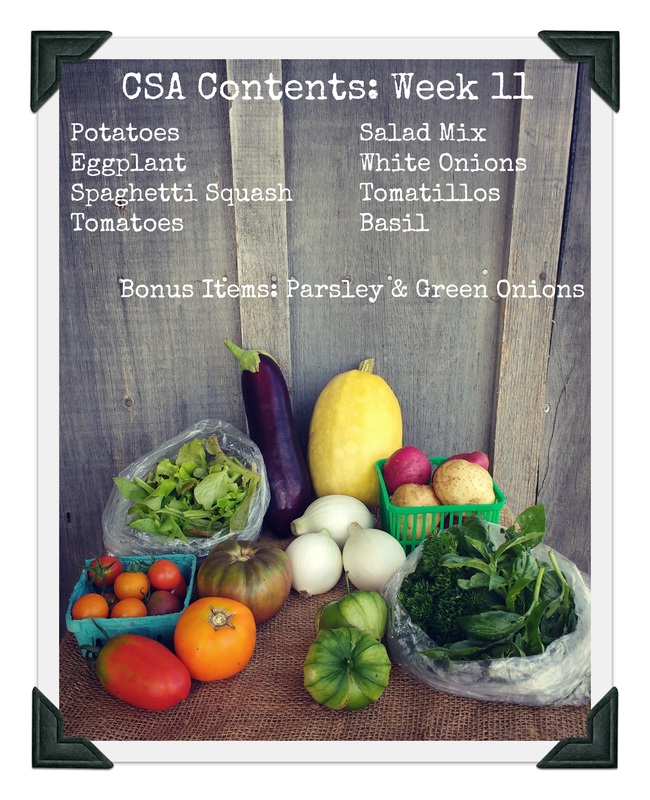
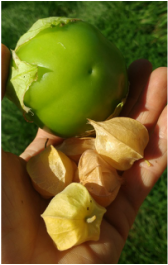
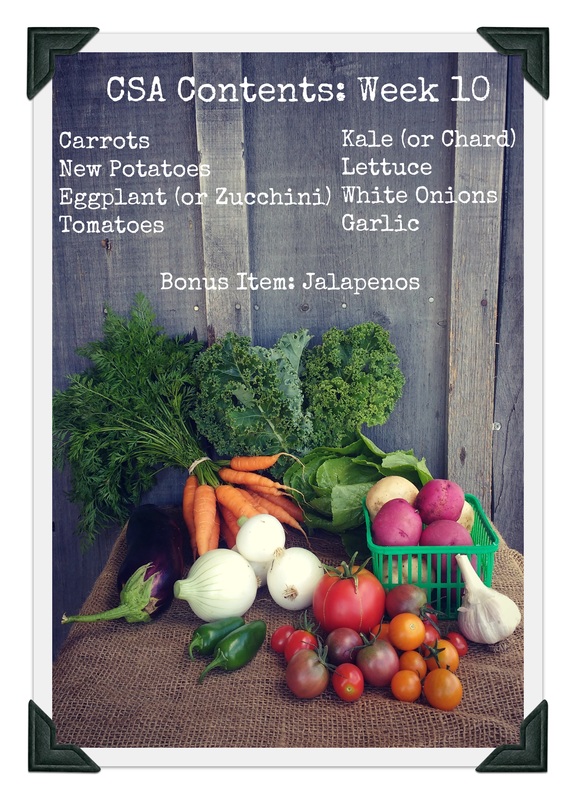
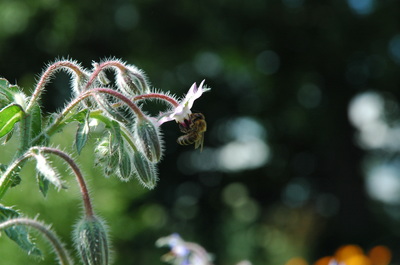
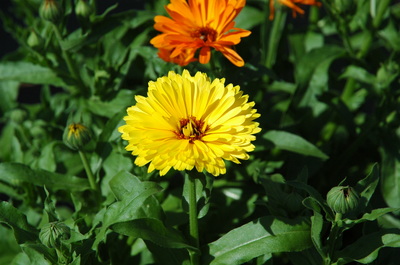
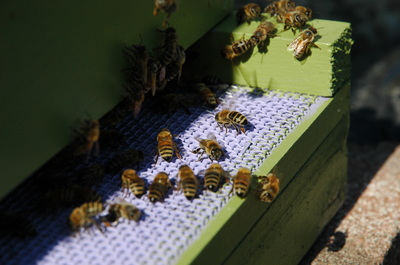
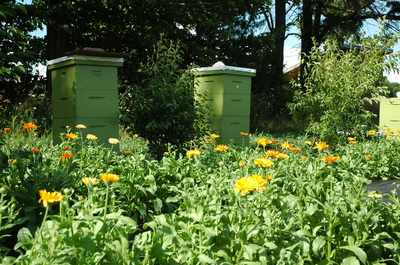

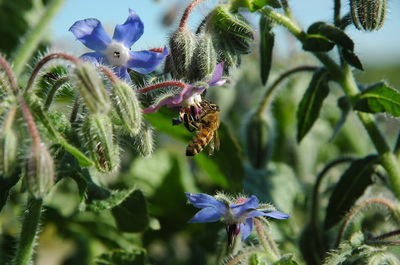
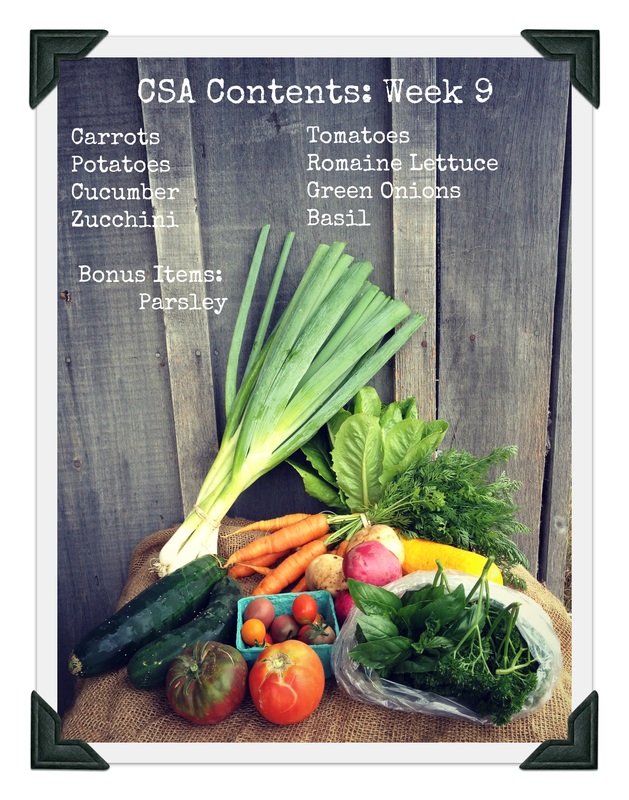
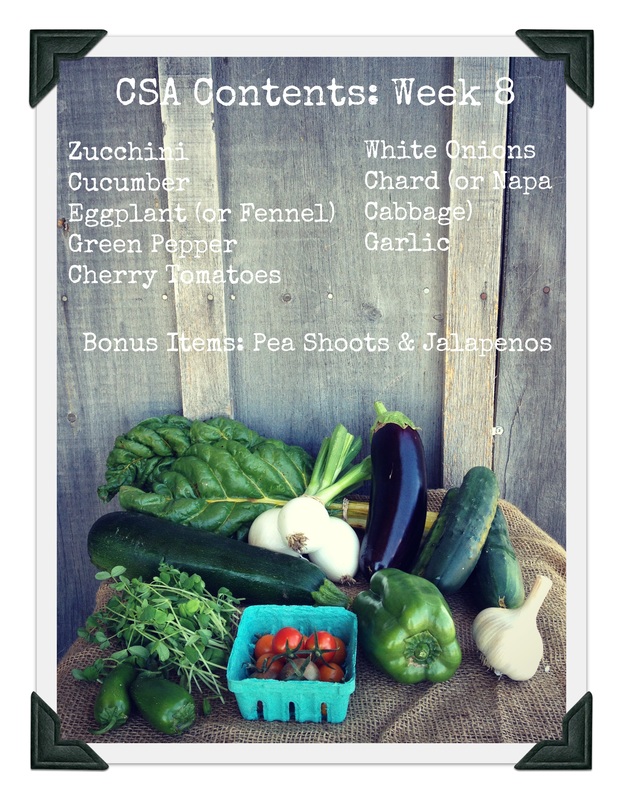

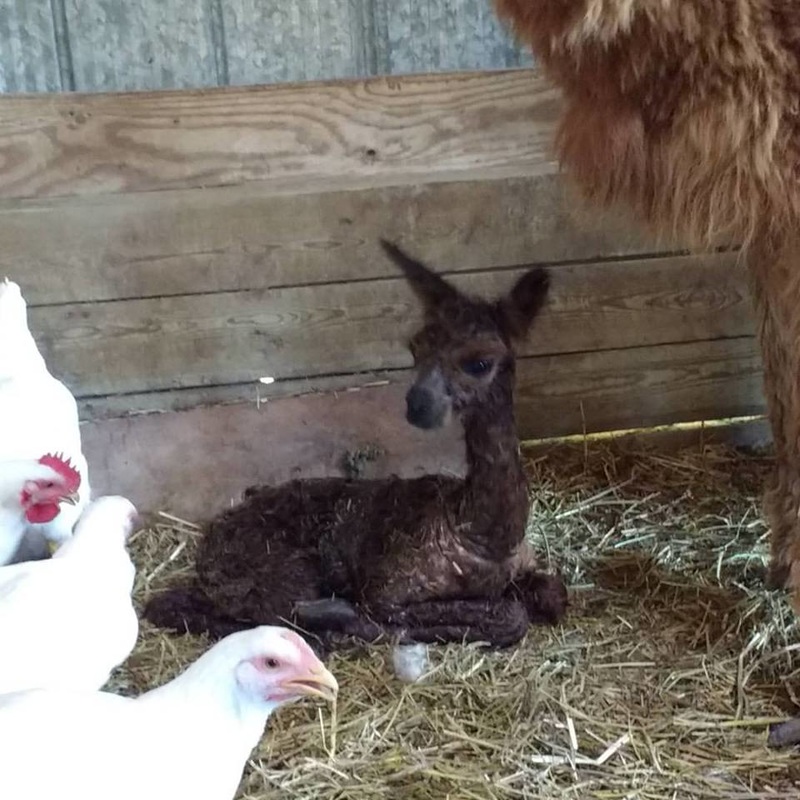
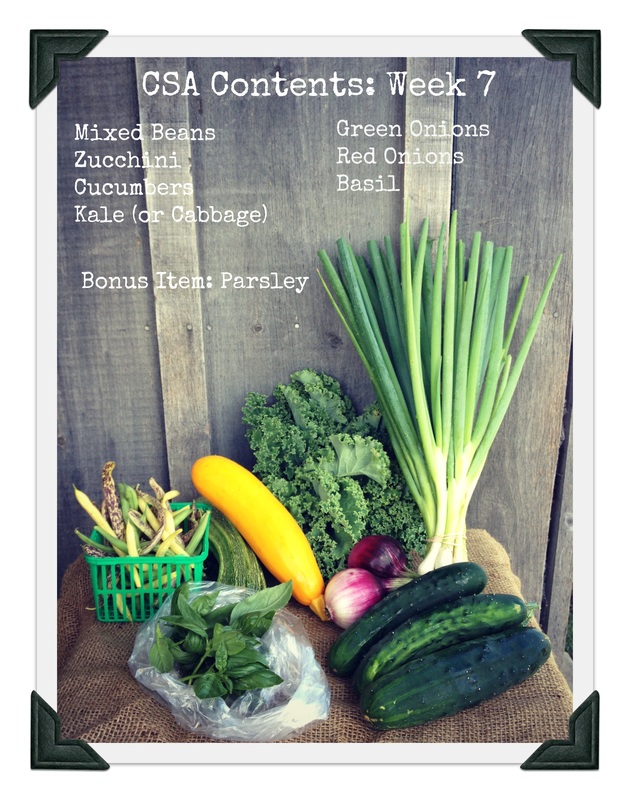
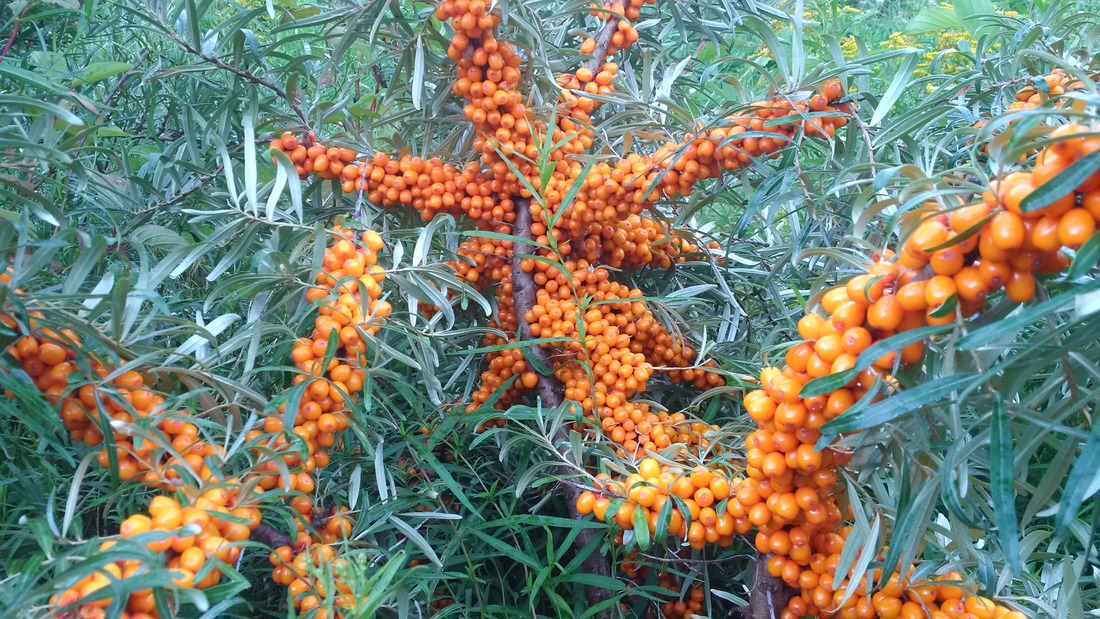
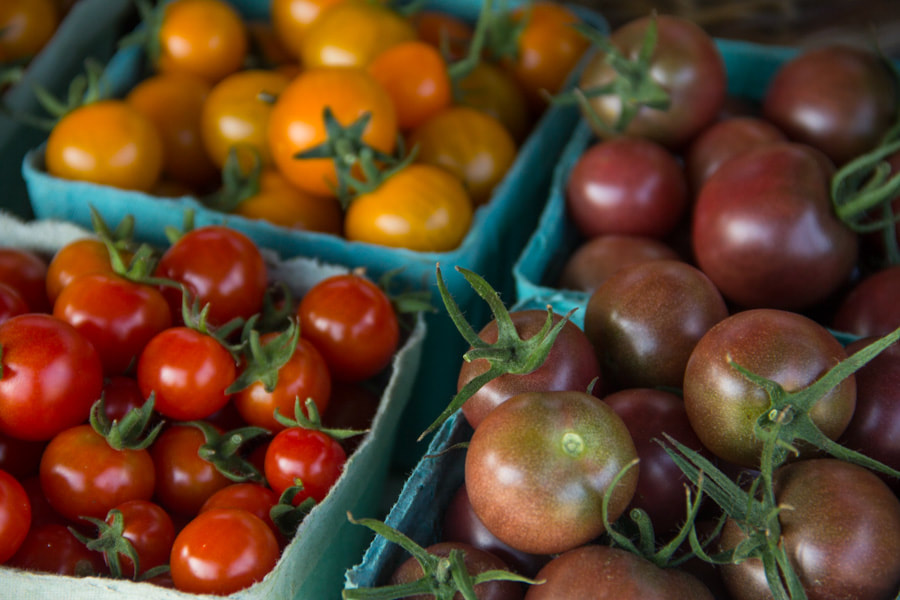
 RSS Feed
RSS Feed